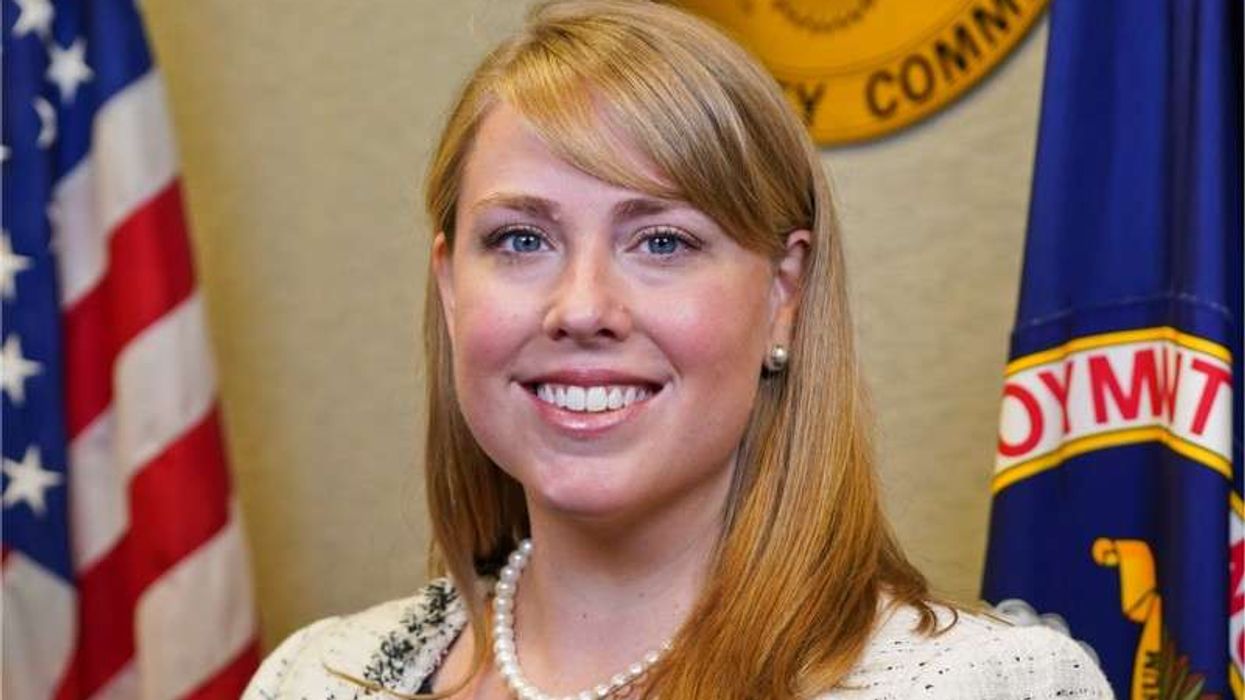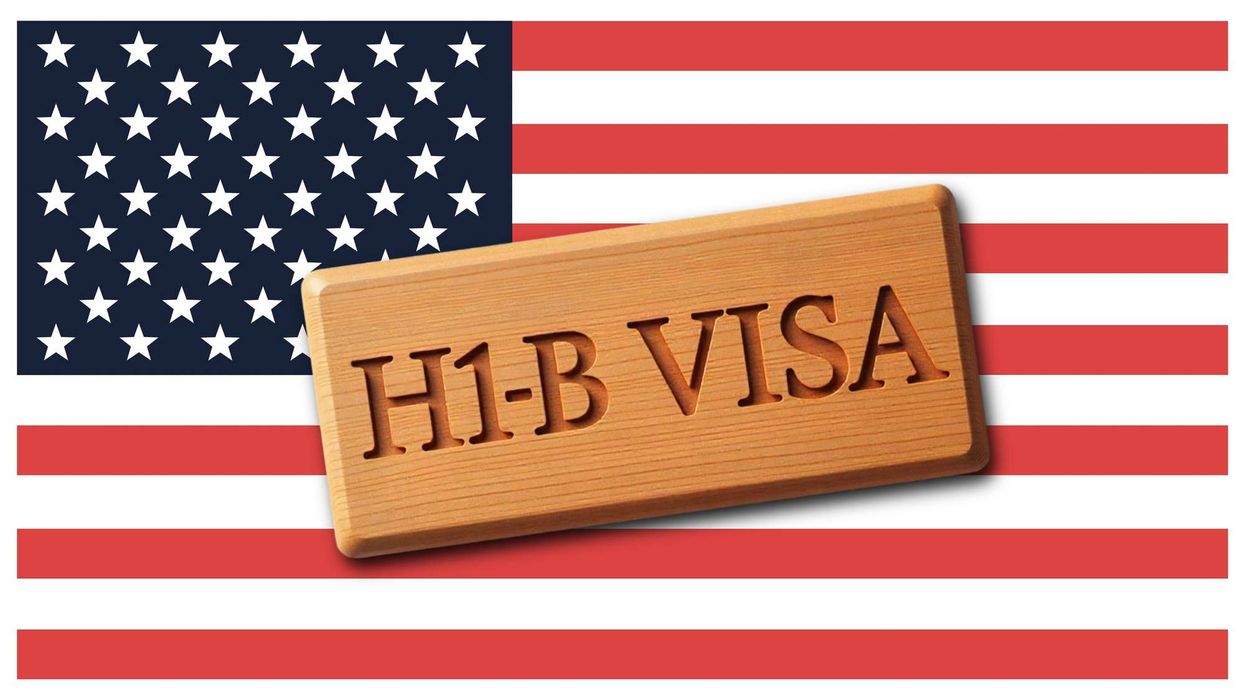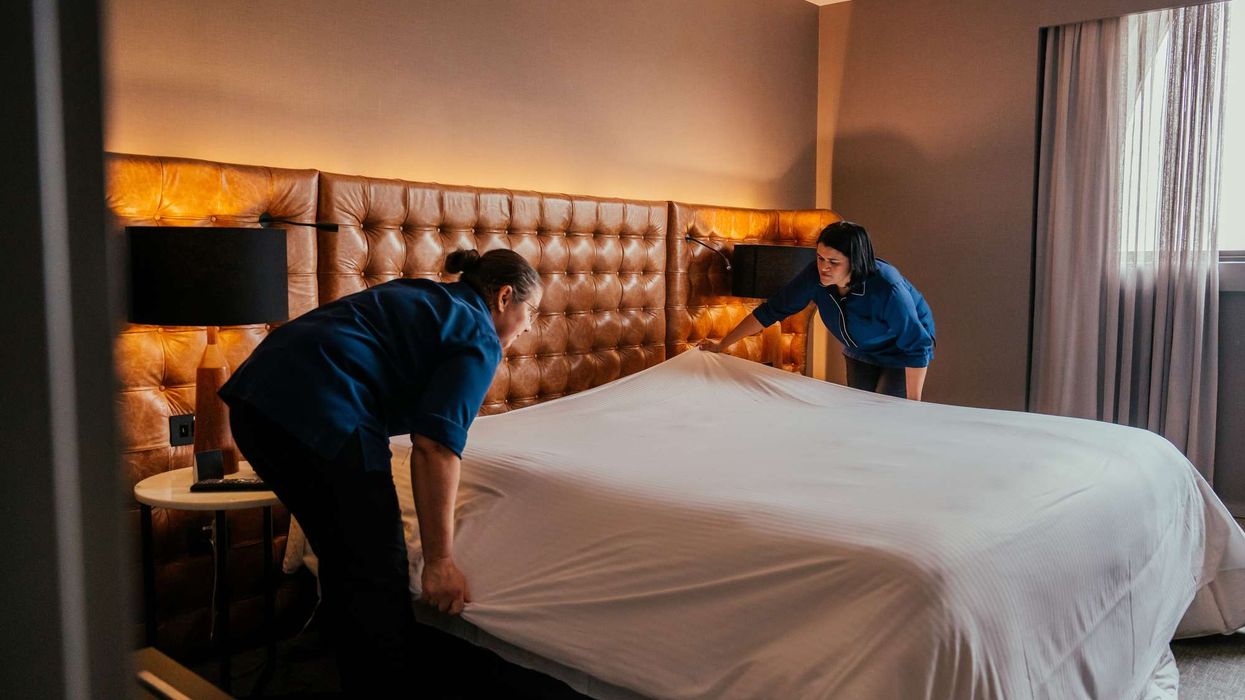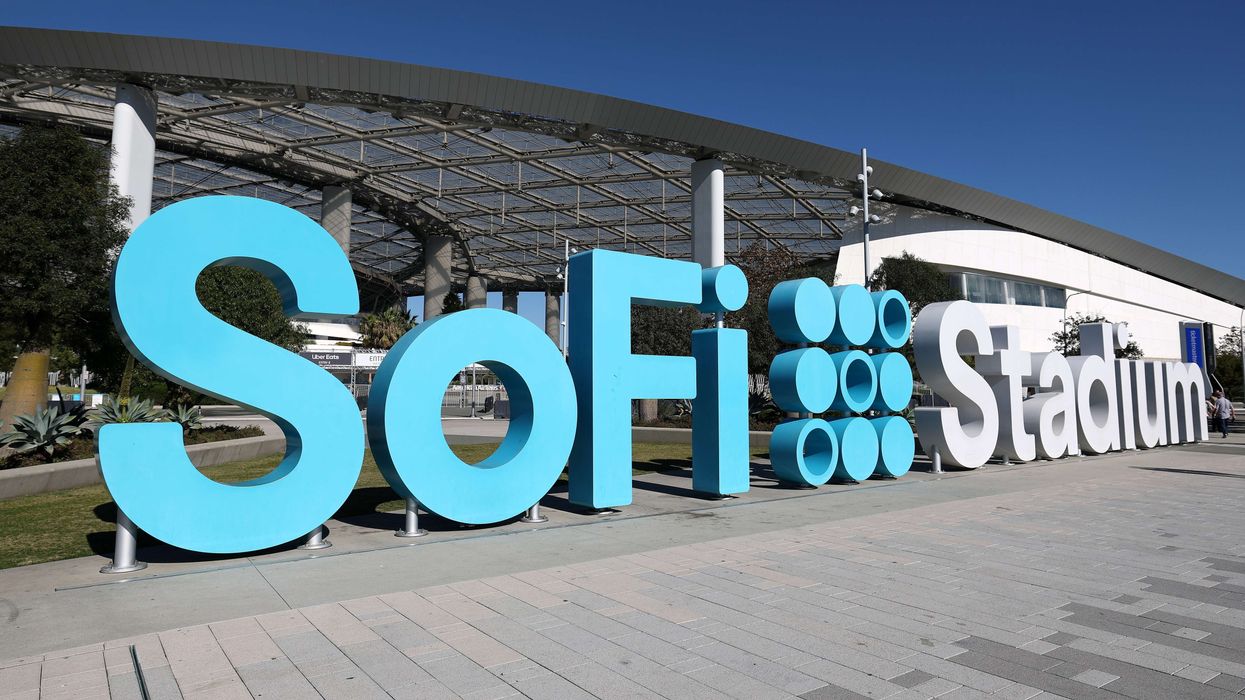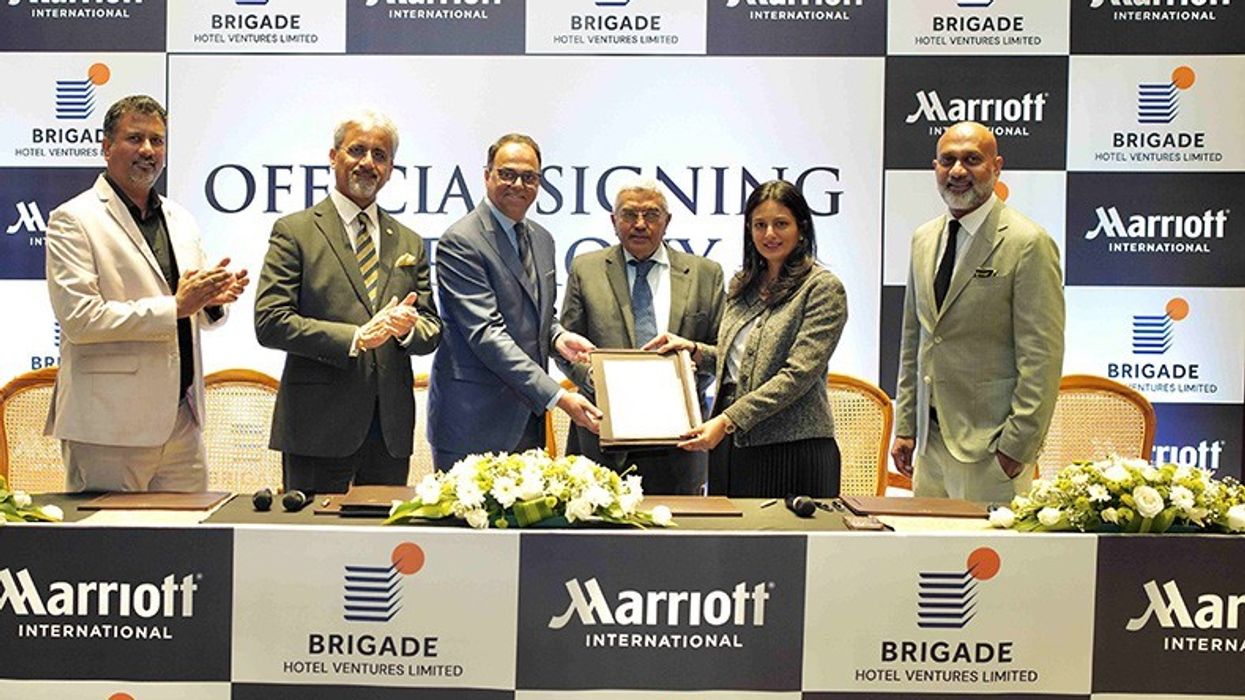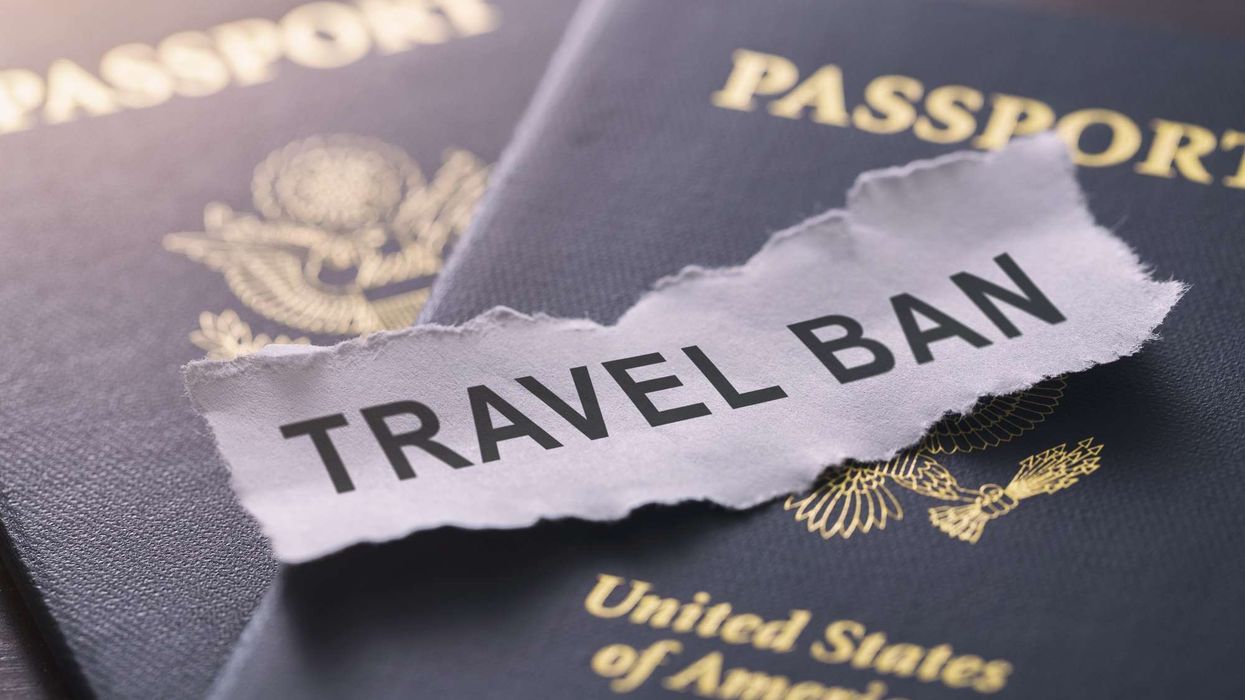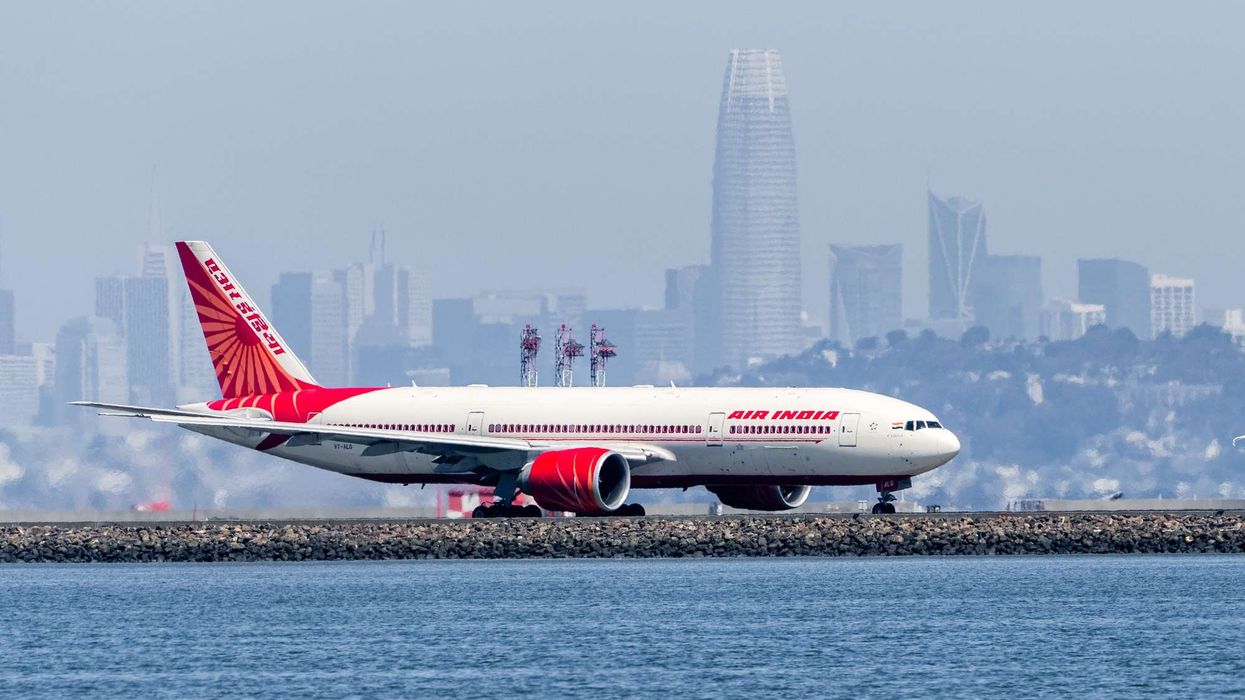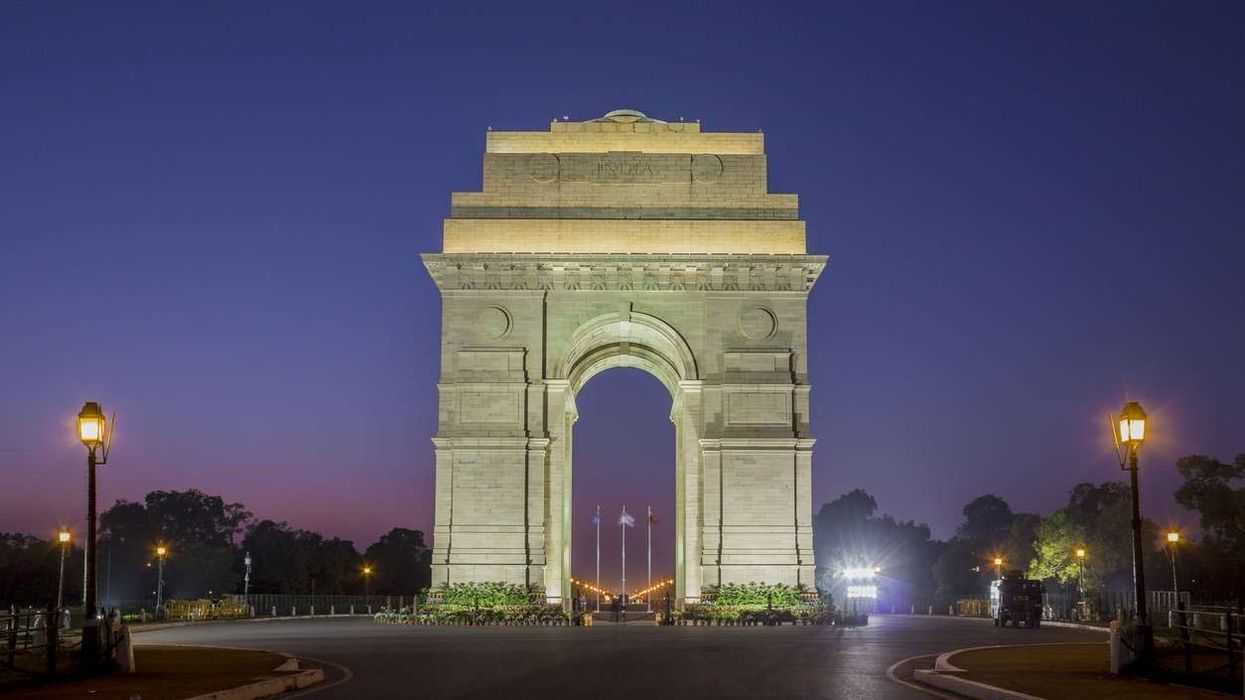THE ECONOMIC OUTLOOK for the rest of 2020 and the first half of 2021 remains bleak as a result of the COVID-19 pandemic, according to CBRE Hotels Research, with full recovery pushed back by two years from the previous forecast. However, as vaccines for the disease begin to circulate, there is hope for a renewal later next year.
The new forecast predicts national occupancy levels averaging 44.4 percent during the first half of 2021, according to CBRE’s third quarter 2020 edition of Hotel Horizons. Occupancy would increase to 55.7 percent during the year’s second half.
CBRE’s projection takes into account the recent surge in COVID-19 cases and ongoing economic crisis as well as the distribution of the new vaccine.
“The increased spread of the COVID-19 virus and reinstatement of government restrictions, combined with the lack of an economic stimulus package, has lowered our outlook for the performance of U.S. hotels during the remainder of 2020 and through next year’s first half,” said Bram Gallagher, CBRE’s senior hotel economist.
The Hotel Horizons forecast also indicates that occupancy and ADR should return to 2019 levels by 2024. Hotels in the lower-priced segments, economy and midscale, will recover faster than higher-priced properties. However, while luxury hotels’ occupancy has dropped to record lows, the segment’s rates have remained stable as apparently leisure travelers who prefer luxury accommodations continue to have the means to pay the price premium.
At the same time, CBRE found that luxury and upper-upscale properties are most dependent on businesspeople and conventioneers and their demand levels are expected to decline more than 60 percent in 2020. Economy and midscale hotels will see their business fall off by less than 25 percent.
“The confidence provided by an effective vaccine will serve to sustain the relatively strong leisure travel patterns observed during the summer of 2020, plus initiate a significant return of corporate travelers during the second half of 2021,” Gallagher said. “Group demand, on the other hand, will lag in recovery because of the advance-booking nature of this segment.”
Overall, CBRE is forecasting a 1.3 percent decline in ADR for U.S. hotels during 2021 and annual increases in ADR for each of the three lower-priced chain scales but continued declines in ADR for the higher-priced segments. A recent decline in new hotel construction activity will bolster hoteliers pricing power.
Supply is expected to increase by 1.8 percent in 2020 and another 1.4 percent in 2021. However, net supply gains are projected to dip below 1 percent in 2022, thus lowering the impact of new competition on the recovery in lodging demand. Some hotels may see their profits return to 2019 levels earlier than 2024 because operators have enacted effective cost control measures in 2020 to offset the severe declines in revenue and will likely keep them in place for the foreseeable future, according to CBRE.
CBRE’s Hotel Horizons results for the second quarter, released in September, found that occupancy dropped 60 percent from the previous year to 28.3 percent during the quarter. However, demand increased 83 percent in May and June driven by leisure travel.
At that time, CBRE predicted the industry would see continued improvement for the rest of 2020 and the next two or three years until performance returned to 2019 levels in 2022 for upper-midscale and 2024 for luxury and upper-upscale.

